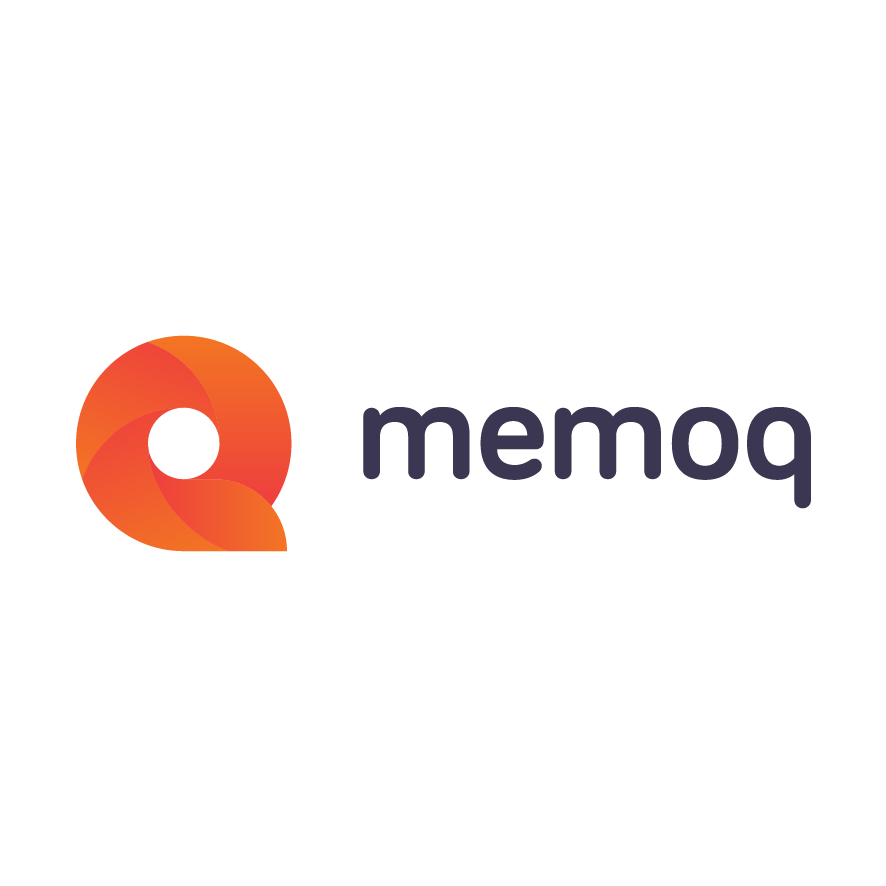With memoQ 8.5, we introduced a new Software Development Kit (SDK) that extends memoQ with preview for additional file formats.
memoQ users have enjoyed the benefits of its real-time preview for many years. With it, they have been able to visualize the context of segments being translated in a layout and formatting similar to the original document. The preview, which was the first in the market for Microsoft Word, has worked well for many types of documents, including Office, HTML, and others. However custom file formats are encountered in many areas such as software localization. For those cases, memoQ offers no preview.
The lack of preview has been taken as a challenge and it motivated our development team, who has been working hard on a cost-efficient solution, flexible enough to apply to different scenarios.
In July 2018, with the release of memoQ 8.5, we introduced a new Software Development Kit (SDK) that extends memoQ with preview for additional file formats. The idea behind this new development is that memoQ does not need to provide a readily made preview for every file format, but can rely on custom applications developed by third-parties to do so.
Let’s imagine that a company developing smartwatches requires a real-time preview showing how translated strings appear on the actual device. With the new SDK, they could develop a custom preview application (which can be either desktop or web) that works in memoQ clients and provides translators with further context.
How does it work?
Keep reading if you are interested in technical details!
A “preview connector” will connect memoQ and the custom preview developed by third-parties (in our example, the smartwatch company). The concept is simple: each piece of text in a document has a unique identifier, and memoQ will use this identifier to let the external preview application know which is the current segment being translated. Logically, the external preview application knows right where that segment belongs so it can show a preview for it on the screen.
With this new SDK, we want to provide the smartwatch developer (or any other third-party) with the necessary means to build an application that emulates the real device in a way that is capable of creating a preview screen which looks almost the same as the original.
As the translator works on a segment, memoQ will send the translation to the application (along with the unique identifier), so that it can show a preview in the translation context, and show how it will look like in the new language. This development allows the translator to see the context. One example where this is valuable is when verifying length in translations, especially for mobile devices that usually have limits in character count.
The example with the smartwatch company is just one of the many possibilities offered by the new SDK. It could be any smart device or video game or mobile phone application running in an emulator.
Nowadays, there are so many different custom file formats and user interface frameworks that it is unrealistic to expect memoQ to preview out-of-the-box all of them. We have created the SDK to solve this issue. We invite developers from all over the world to help us create custom tools to preview those formats and interfaces properly.
Want to know more about the new SDK?

memoQ
memoQ is among the world's leading translation management systems. The favorite productivity tool for translation professionals around the globe.




